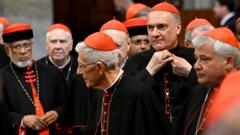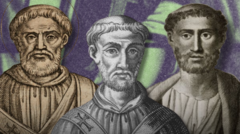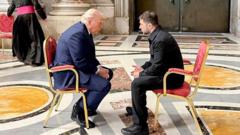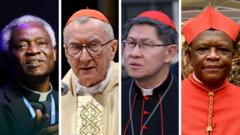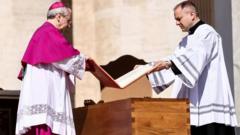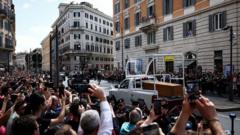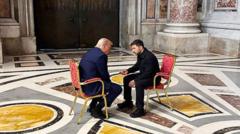Following the death of Pope Francis in April 2025, the Church embarks on a significant and complex transition, shedding light on key terminology that may confound those unfamiliar with the process.
Pope Francis' Passing: Understanding the Papal Transition

Pope Francis' Passing: Understanding the Papal Transition
As the world mourns the loss of Pope Francis, a closer look at the Catholic Church's intricate transition process for selecting a new leader is essential.
As the Vatican prepares for the upcoming papal transition, a deep understanding of the vocabulary and traditions governing this crucial process is essential. With the death of Pope Francis, the selection of his successor becomes ever more critical.
One significant term to grasp is "Conclave." This event is the gathering of cardinals who will convene on May 7 to elect the next pope. Derived from the Latin phrase meaning “with key,” conclave signifies the seclusion of cardinals as they deliberate within the Vatican, disconnected from the outside world. During this highly confidential assembly, they vote through secret ballots until a new leader garners a two-thirds majority.
Accompanying this is the "College of Cardinals," which consists of 252 cardinals, recognized as the "princes of the church." These individuals advise the pope and are entrusted with the important responsibility of selecting a new leader. The term "cardinal" stems from the Latin "cardinalis," implying a role that is crucial. Currently, Giovanni Battista Re, a 91-year-old veteran of the Roman curia, holds the dean position within the college. Notably, he will facilitate the pre-conclave meetings but will not participate in the voting, as only those under the age of 80 are eligible to cast ballots for the papacy.
As the Catholic Church transitions into a new chapter, these terms not only highlight the complexity of the process but also foster understanding of the myriad traditions that frame this significant event in religious history.


